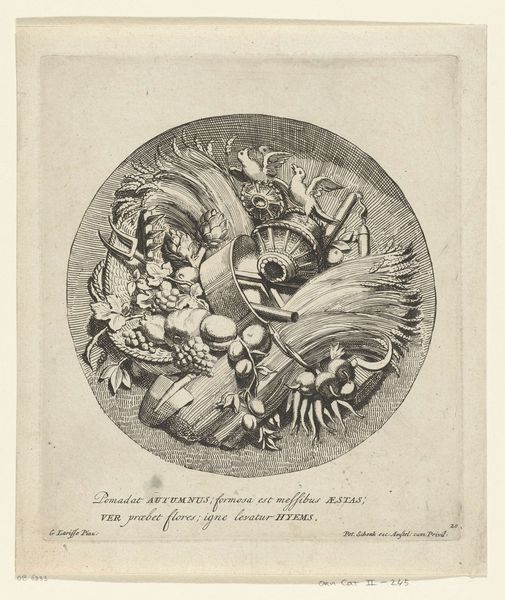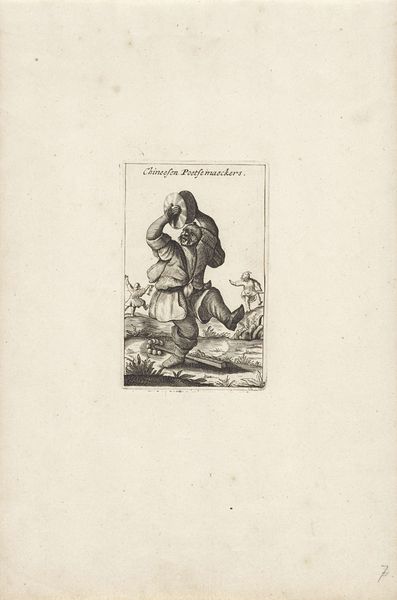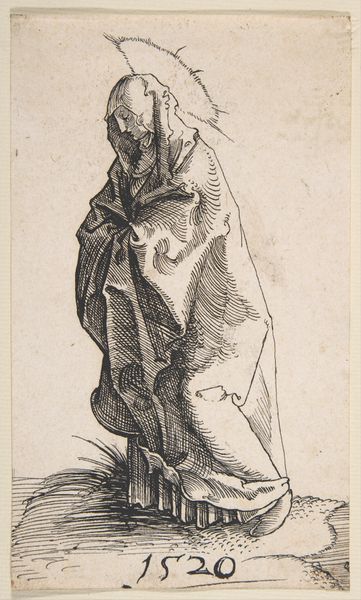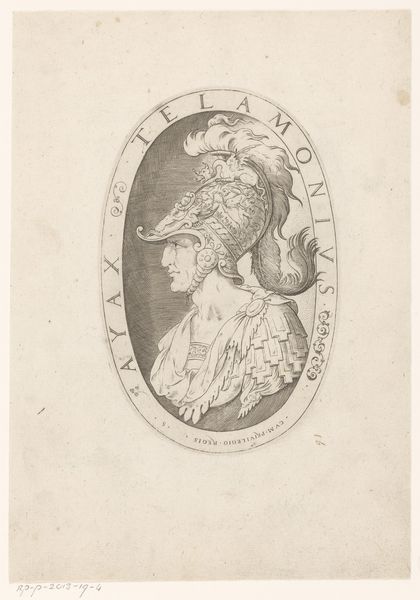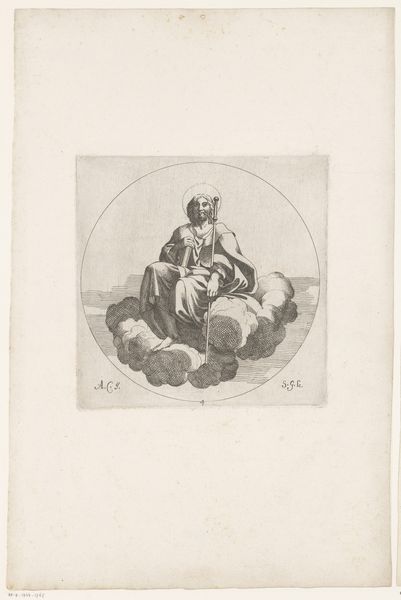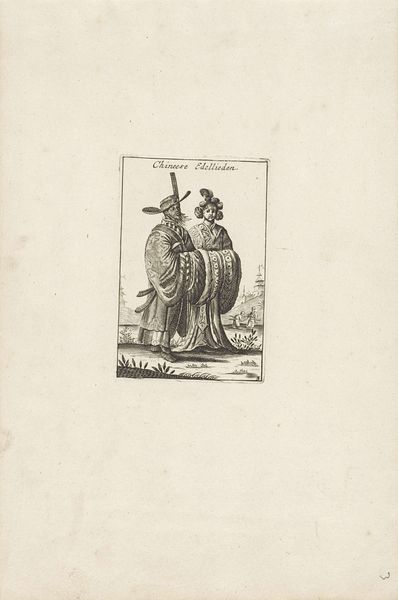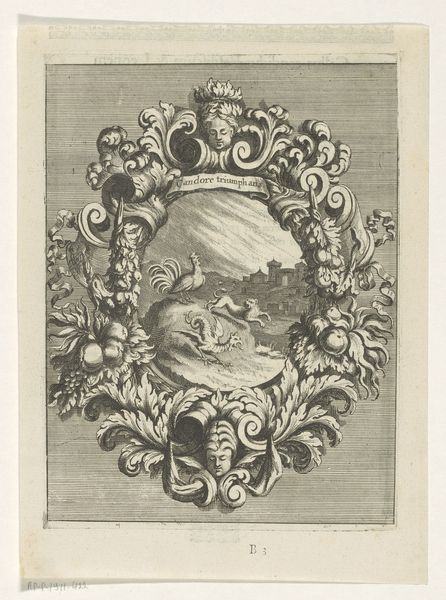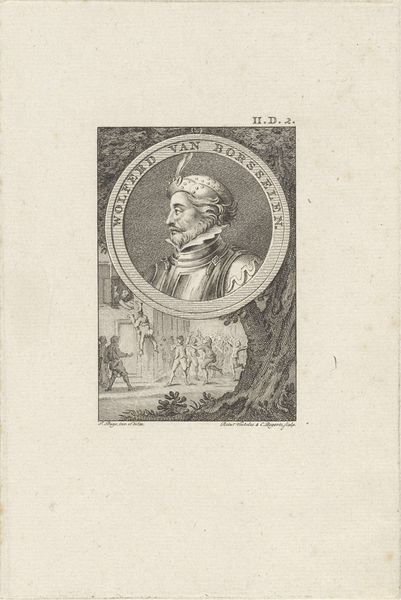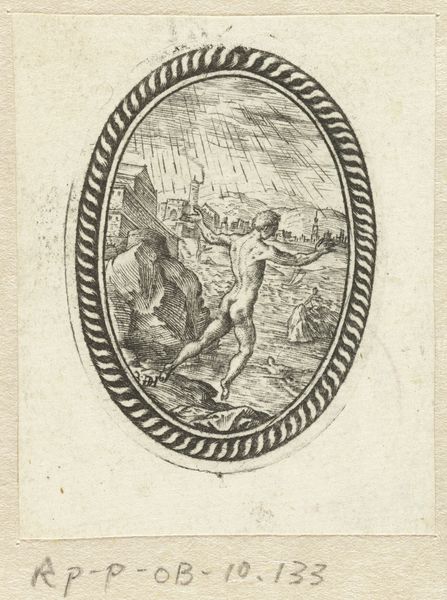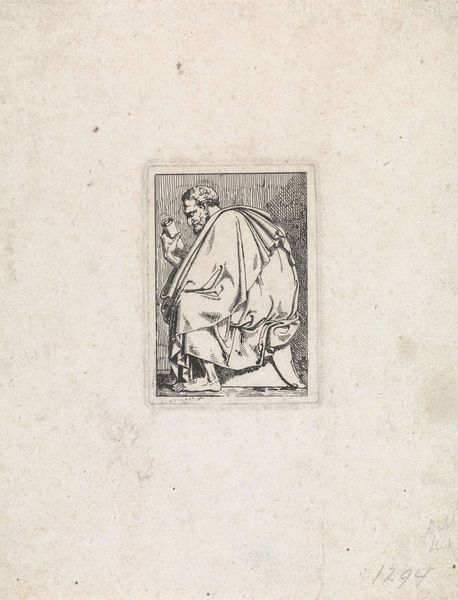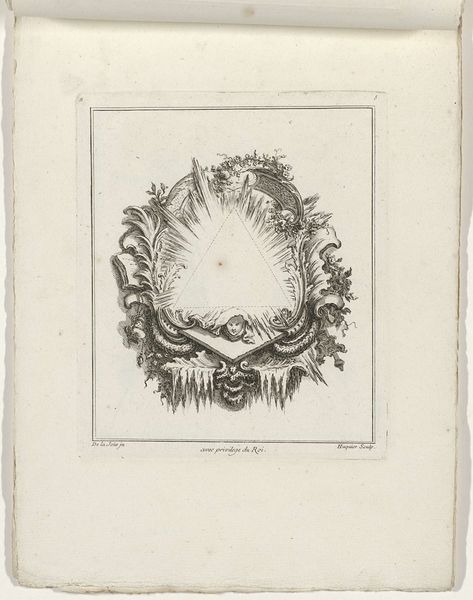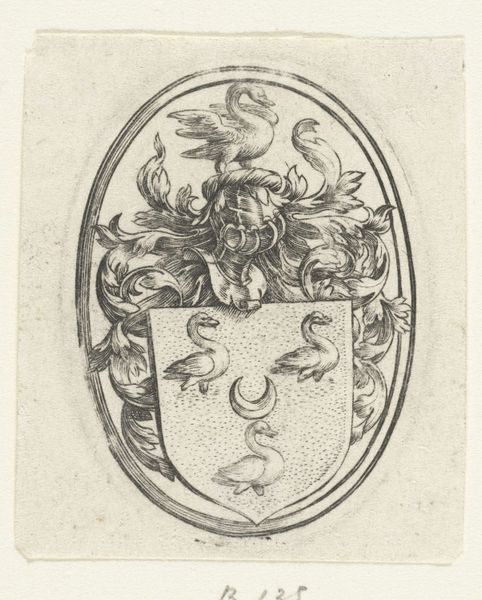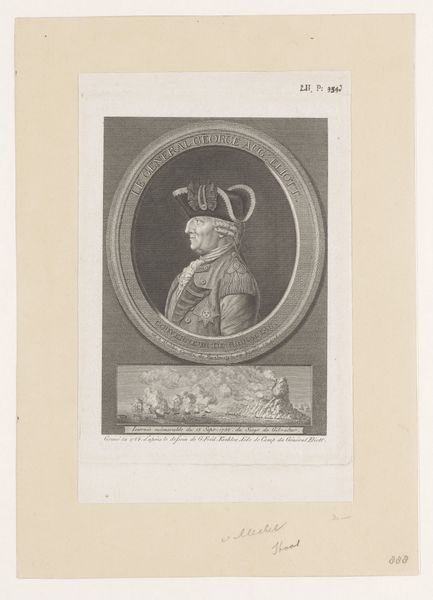
print, engraving
#
portrait
#
baroque
#
dutch-golden-age
# print
#
pen sketch
#
caricature
#
engraving
Dimensions: height 150 mm, width 115 mm
Copyright: Rijks Museum: Open Domain
This engraving of the Bishop of Munster as a pig was made by Romeyn de Hooghe, a Dutch artist active in the late 17th and early 18th centuries. The printmaking process is key here. Notice the crisp lines and the way that the shading is created. De Hooghe was a master of etching, a technique that allowed for detailed and expressive imagery, but was also reproducible on a mass scale. Here, the artist has rendered the Bishop's face in profile, but with the body of a pig. The choice of printmaking speaks volumes. It transformed what might have been a unique, hand-crafted image into something that could be distributed widely, multiplying its political impact. This was a period of intense political and religious conflict in Europe, and prints like this one became powerful tools for shaping public opinion. It's a reminder that artistic skill, material, and social context are always intertwined. The work challenges the traditional distinctions between fine art and craft, especially regarding political and social issues.
Comments
No comments
Be the first to comment and join the conversation on the ultimate creative platform.

